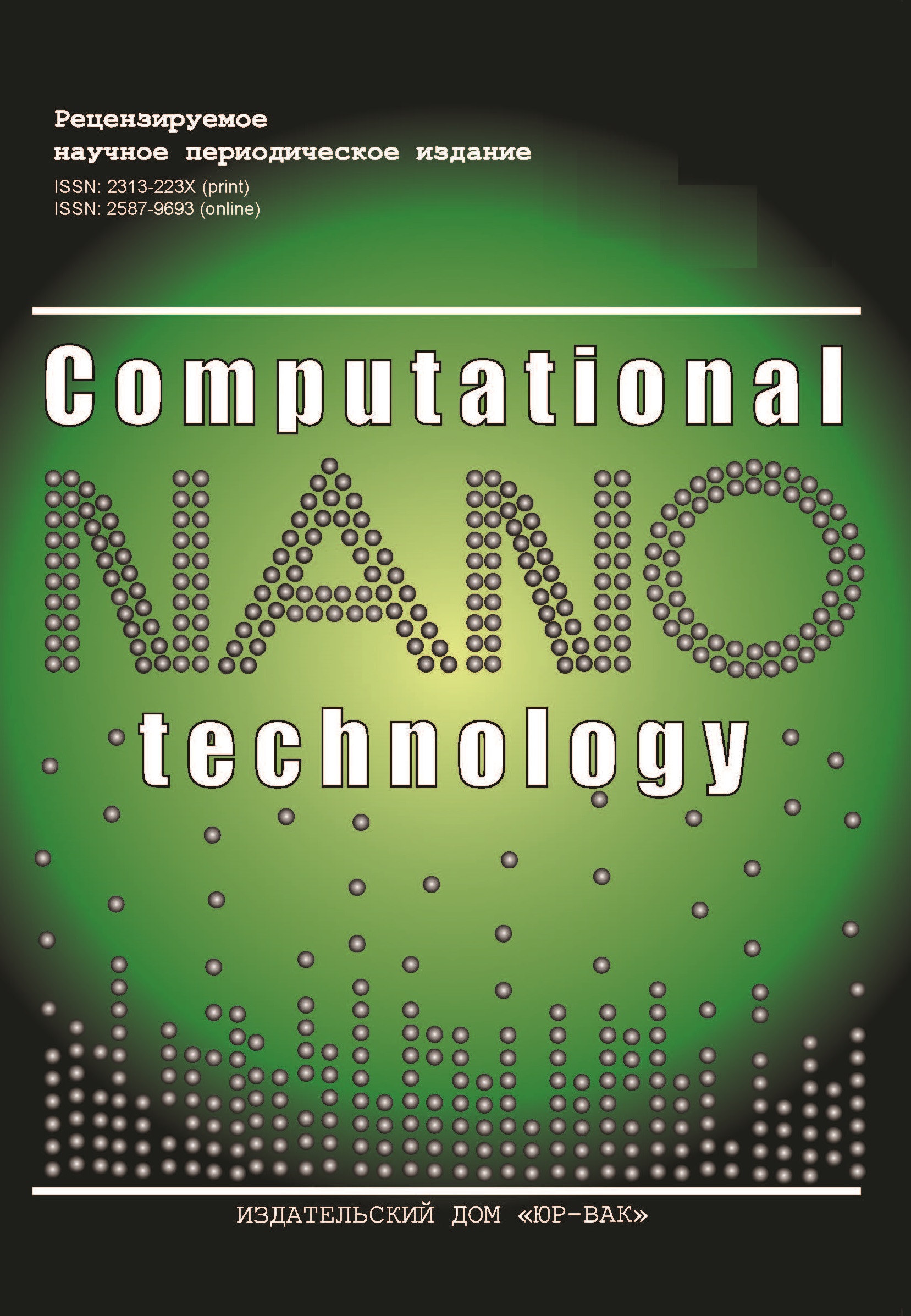Моделирование электрических свойств солнечного элемента с многими наногетеро-переходами
- Авторы: Имамов Э.З.1, Муминов Р.А.2, Рахимов Р.Х.3, Каримов Х.Н.1, Аскаров М.А.4
-
Учреждения:
- Ташкентский университет информационных технологий имени Мухаммеда аль-Хорезмий (ТУИТ) Министерства по развитию информационных технологий и коммуникаций Республики Узбекистан
- Физико-технический институт НПО “Физика-Солнце” Академии наук Узбекистана
- Институт материаловедения Академии наук Республики Узбекистан
- Каракалпакский государственный университет имени Бердаха Министерства высшего и среднего специального образования Республики Узбекистан
- Выпуск: Том 9, № 4 (2022)
- Страницы: 70-77
- Раздел: Статьи
- URL: https://journals.eco-vector.com/2313-223X/article/view/529882
- DOI: https://doi.org/10.33693/2313-223X-2022-9-4-70-77
- ID: 529882
Цитировать
Полный текст
Аннотация
Полный текст
Об авторах
Эркин Зуннунович Имамов
Ташкентский университет информационных технологий имени Мухаммеда аль-Хорезмий (ТУИТ) Министерства по развитию информационных технологий и коммуникаций Республики Узбекистан
Email: erkinimamov@mail.ru
доктор физико-математических наук, профессор Ташкент, Республика Узбекистан
Рамизулла Абдуллаевич Муминов
Физико-технический институт НПО “Физика-Солнце” Академии наук Узбекистана
Email: detector@uzsci.net
академик, доктор физико-математических наук, профессор Ташкент, Республика Узбекистан
Рустам Хакимович Рахимов
Институт материаловедения Академии наук Республики Узбекистан
Email: rustam-shsul@yandex.com
доктор технических наук; заведующий лабораторией № 1 Ташкент, Республика Узбекистан
Хасан Нарзуллаевич Каримов
Ташкентский университет информационных технологий имени Мухаммеда аль-Хорезмий (ТУИТ) Министерства по развитию информационных технологий и коммуникаций Республики Узбекистан
Email: karimov@tuit.uz
Ташкент, Республика Узбекистан
Мардон Аматжанович Аскаров
Каракалпакский государственный университет имени Бердаха Министерства высшего и среднего специального образования Республики Узбекистан
Email: asqarovm@list.ru
PhD докторант Нукус, Республика Каракалпакстан, Республика Узбекистан
Список литературы
- Rifkin J. If there is no more oil... Who will lead the global energy revolution? = The hydrogen economy: The creation of the world-wide energy web and the redistribution of power on earth. Moscow: Secret of the Firm, 2006. 416 p. ISBN: 5-98888-004-5.
- Kozlov S.I. Hydrogen energy: Current state, problems, prospects. Moscow: Gazprom VNIIGAZ, 2009. 520 p. ISBN: 5-89754-062-4.
- Kuzyk B.N., Yakovets Yu.V. Russia: The strategy of transition to hydrogen energy. Moscow: Institute of Economic Strategies, 2007. 400 p. ISBN: 978-5-93618-110-8.
- Ametistova E.V. Under the general editorship of the corresponding member. In 2 vols. Vol. 1: Fundamentals of modern energy. Prof. A.D. Trukhnia (ed.) Moscow: Publishing House of MEI, 2008. ISBN: 978-5-383-00162-2.
- Rezvanov R. Russia in the global hydrogen market // Business Economic Magazine “Invest-Foresight” (March 30, 2021).
- Imamov E.Z., Muminov R.A., Jalalov T.A., Karimov Kh.N. Ilmiy xabarnoma // Scientific Bulletin. 2019. No. 1. Pp. 25-27.
- Imamov E.Z., Muminov R.A., Jalalov T.A. et al. // Uzbek Journal of Physics. 2019. No. 3. Pp. 173-179.
- Imamov E.Z., Muminov R.A., Jalalov T.A., Karimov Kh.N. // Physics of Semiconductors and Microelectronics. 2019. No. 4. Pp. 14-21.
- Imamov E.Z., Muminov R.A., Rakhimov R.Kh. // Scientific-technical Journal (STJ FerPI). 2020. Vol. 24. No. 5. Pp. 31-36.
- Imamov E.Z., Muminov R.A. Rakhimov R.Kh. Analysis of the efficiency of a solar cell with nano-dimensional hetero transitions // Computational Nanotechnology. 2021. No. 4. Pp. 47-56.
- Леденцов Н.Н., Устинов В.М., Щукин В.А. и др. Гетероструктуры с квантовыми точками: получение, свойства, лазеры // ФТП. 1998. Т. 32. № 4. С. 385-410.
- Пригожин И.Р., Стенгерс И. Время, хаос, квант. К решению парадокса времени. М., 2000.
- Haken H. Synergetics. Springer, Berlin-Heidelberg, 1997.
- Sun B., Findikoglu A.T., Sykora M. et al. Hybrid photovoltaics based on semiconductor nanocrystals and amorphous silicon // Nano Lett. 2009. Vol. 9. No. 3. Pp. 1235-1241.
- Stancu V., Pentia E., Goldenblum A. et al. // Romanian Journal of Information Science and Technology. 2007. Vol. 10. No. 1. Рp. 53-66.
- Шендрей К., Гомуля В., Ярема М. и др. // Нанокристаллические солнечные элементы PbS с высокой эффективностью и коэффициентом заполнения // Appl. Phys. Lett. 2010. № 97. C. 203501.
- Цой Б. Патент в Евразийском патентном ведомстве. EP2405487 A1. 30.08.2012.
- Цой Б. Патент во всемирной организации интеллектуальной собственности. №WO 2011/040838 A2 04.07.2011.
- Гременок В.Ф., Тиванов М.С., Залеcский В.Б. Солнечные элементы на основе полупроводниковых материалов. Минск: Изд. Центр БГУ, 2007. С. 222.
- Пикус Г.Е. Основы теории полупроводниковых приборов М.: Наука, 1965. 448 с.
- Зимин С.П. Горлачев Е.С. Наноструктурированные халькогениды свинца. Ярославль: ЯрГУ, 2011. 232 с. ISBN: 978-5-8397-0861-7.
Дополнительные файлы









